Betel leaf: History, benefits and medical uses
Bengali or local name: Betel. Betel is very familiar to us. Betel has been used since ancient times. Betel is highly valued in maintaining social harmony. There are many proverbs about betel. For example: "Betel has many qualities; if not, eat lime with it." "Love has such qualities, like lime with betel. If it is too much, it will burn your cheeks; if it is too little, it will be bitter. "If lime is spilt from betel, it is a danger. "If a goat falls on a betel, it will die because of the betel." Even today, the primary bridge in rural Bengali marriages is created with "betel-flowers." Therefore, betel-supari was valued in the past, is still valued in the present, and will be in the future.
Unani name: Tambul
Ayurvedic name: Nagavalli, Tambuli
English name: Betel leaf
Scientific name: Piper betle Linn.
Family: Piperaceae
Known:
Creeping tree, data hard, leaves oval. Usually 3-8 inches long, the tip is narrow, and the stem is heart-shaped. The leaves have 5-7 veins. The veins are higher on the underside of the leaf. Its flowers and fruits are from March to May. When the vine or the node of the betel tree is planted, it grows slowly and reaches maturity in seven months. Many types of betel are seen in our country, such as Bengali betel, Chhachi betel, Mithe betel, Mithe betel with camphor scent, etc.
Historical theory:
People who are not familiar with betel are rare in our country. Betel is one of the elements of our culture. Betel has been respected for about three thousand years. In the old days, kings and emperors used to eat betel with pearl powder, musk, saffron, gold and silver plates and various fragrant spices. In social life, the esteem of betel is very high. Many people do not get satisfaction from chewing betel after eating. The saliva secreted in the mouth while eating betel is an aid to digestion.
Parts used: Leaves (betel) and roots.
Temperament:
Bengali betel and camphor-scented sweet betel: Second class hot and dry. Conversely, the first class is hot, and the second class is dry. Mouldy betel and sweet betel are soft, that is, first-class hot and dry.
Taste:
Betel is pungent and fragrant.
Colour:
Betel is dark green.
Dosage:
Betel can be consumed up to 4-5 grams.
Side effects:
People with a hot nature may experience headaches or dizziness if they eat too much betel.
Correction:
Small cardamom, kheer and betel nut are corrective.
General Actions:
Brings vitality to the body, increases intellectual power. Strengthens the heart, brain and liver. Digestive, eliminates bad breath, and strengthens teeth and gums. Prevents excessive saliva, spit and water in the mouth. Nervous stimulant, aphrodisiac, suppresses thirst caused by mucus—digestive, astringent, general tonic and sedative.
Uses:
In Unani and Ayurvedic medicine, there are many uses of betel leaves in the preparation and application of various drugs.
Uses of betel leaves in the treatment of diseases: (1) In case of pus and wounds on the gums: Mix three teaspoons of betel leaf juice and 5 grams of alum with one glass of hot water well, and then make a gargle. Gargling with the above method 2/3 times daily reduces gum ulcers and pus.
(2) Constipation in children: If mustard oil or glycerin is applied to a betel leaf as required and inserted very carefully into the anus, in most cases, the children will have a bowel movement.
(3) Physical and sexual weakness: Mix 100 grams of cinnamon, 50 grams of dried betel leaves, 25 grams of jatrik, 25 grams of suniagonda, 25 grams of ashwagandha, 30 grams of shatamuli and 50 grams of gum arabic, dry them in the sun or a dry chamber, grind them finely in a mortar and sieve them through a 60-mesh sieve. Mix the powder well with 150 ml of betel leaf juice using a pestle. Then, make 500 ml pills, dry them, and store them in an airtight container. 1-2 pills two time of a day with milk or honey, taken regularly for a few days, are particularly effective in erectile dysfunction, physical weakness and sexual weakness.
(4) To relieve stomach pain, flatulence and digestive disorders: Mix 100 grams of Jain (desi), 50 grams of thick bacterium, 50 grams of mint (dried), 50 grams of fenugreek, 25 grams of beet salt, 25 grams of akande flower, 50 grams of gum arabic together, dry in the sun or a dry chamber, grind finely in a mortar and sieve. Mix 100 ml of betel leaf juice with the respective powder well. Then, make 500 ml pills, dry them, and store them in an airtight container. Taking 1-2 pills twice a day after meals for a few days regularly is incredibly beneficial in relieving stomach pain, flatulence, indigestion and loss of appetite.
(5) Nail pain: Mixing a little honey with betel juice and applying it to the nail corners 3/4 times a day reduces the pain.
(6) If there is pus in the ear: Warm betel juice and apply 1-2 drops to the ear 2-3 times a day, it is especially beneficial.
Other information:
It is known that betel leaf juice is especially beneficial for dry mouth, bad taste, bad breath and indigestion. Betel leaf juice is a general tonic, sexual stimulant and mucus remover. In folk practice, for phlegm in the chest and difficulty breathing, a mixture of one teaspoon of betel leaf juice, one teaspoon of ginger juice, and two teaspoons of honey, taken three times a day, is beneficial. According to the research of modern medical scientists, betel leaf is aromatic, a nerve stimulant, carminative, blood-thinning, a sexual potency enhancer and an indigestion remedy. Drinking in large quantities causes excitement in the central nervous system. Manishi Sushruta said that betel is a stimulant, astringent, a throat cleanser, a deodoriser, a digestive and a flatulence suppressant.
The chemical components found in betel through scientific methods are: A. Phenolic compound Viz, Chavicol, Hydroxychavicol, B. Vitamin Viz, ascorbic acid, C. Enzymis, D. Essential oil, in addition, betel leaves contain Protein 3.1, Carbohydrates 6.1%, Minerals 2.3%, Tannin 2%, Calcium, Phosphorus, Iron, Iodine, Potassium, Vitamin A.B.C.
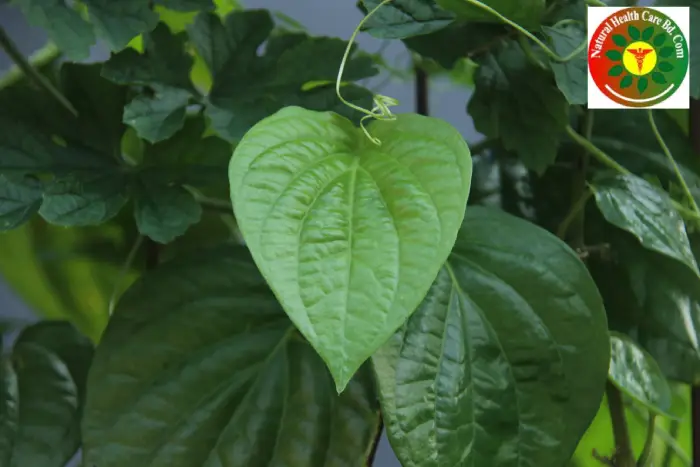
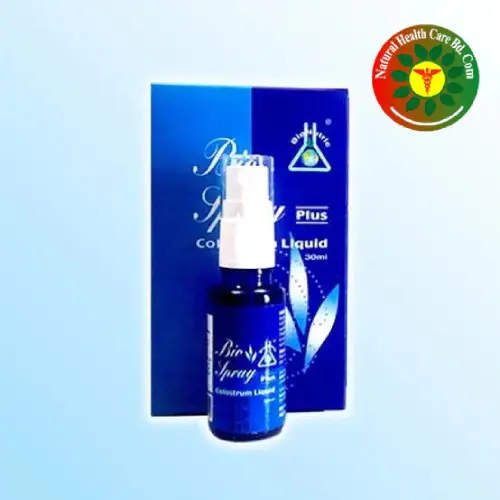
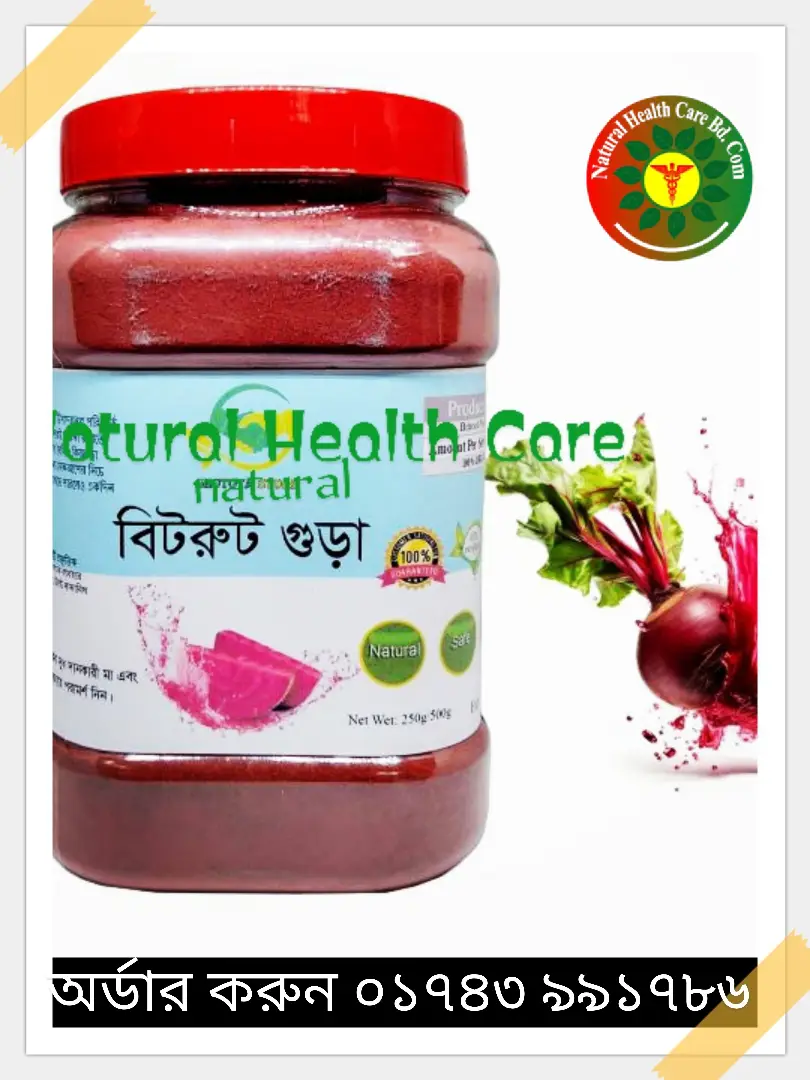
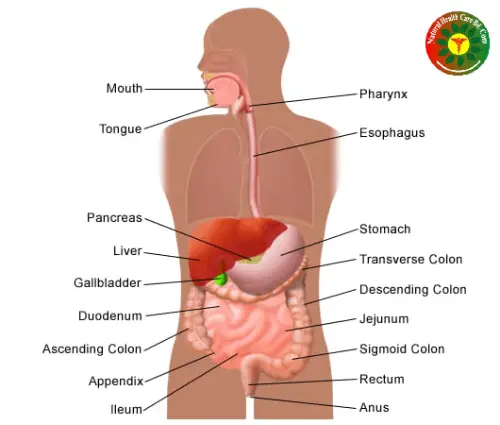
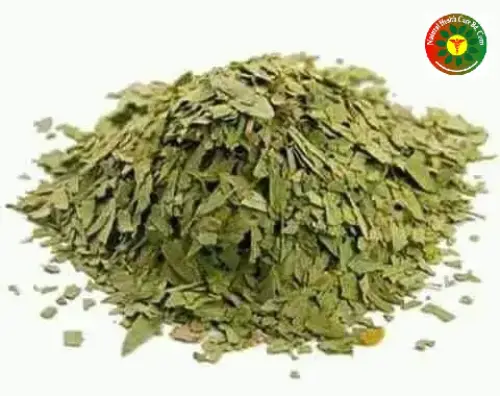
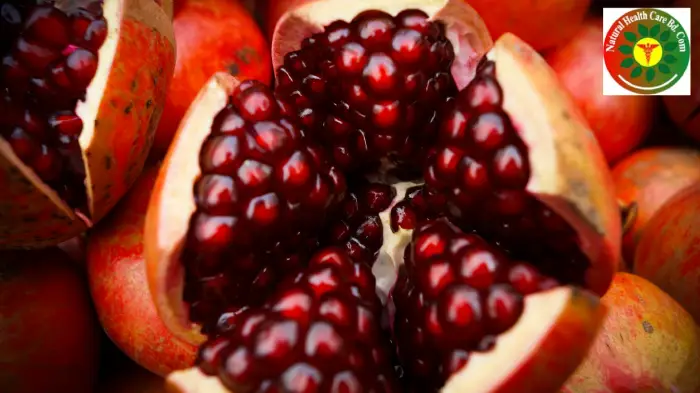
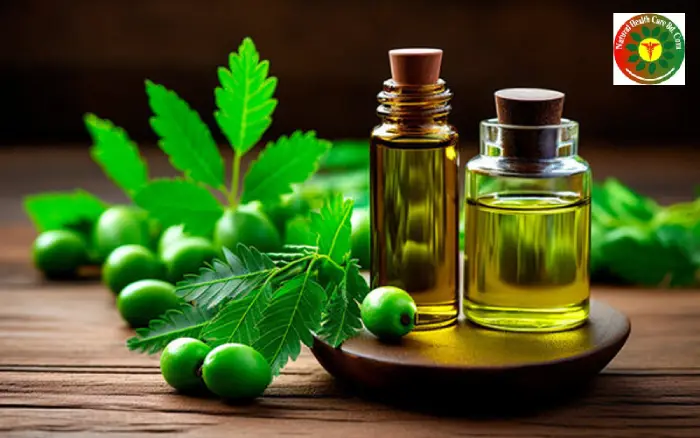
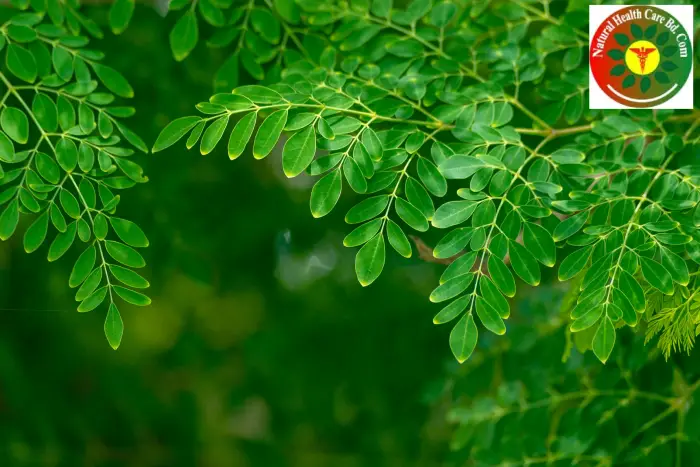
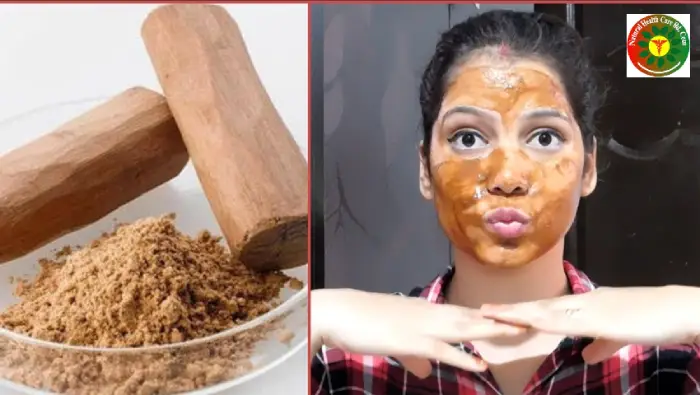
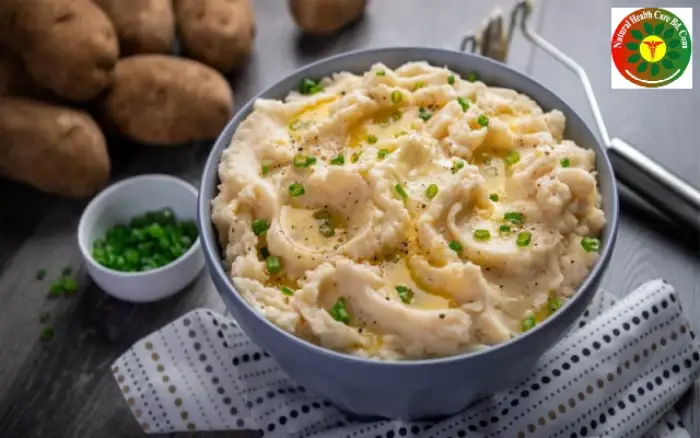
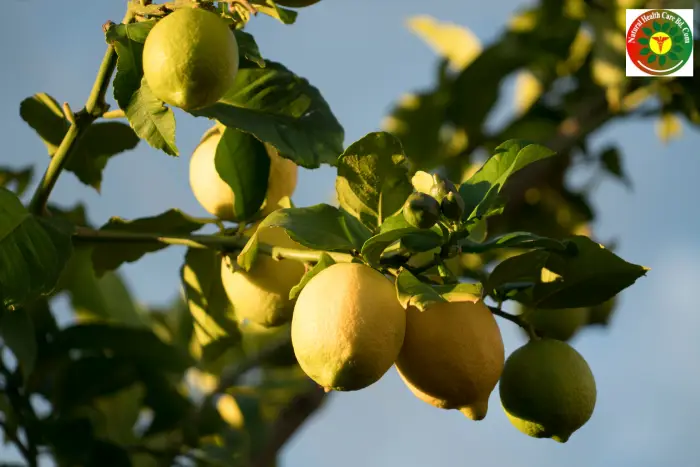
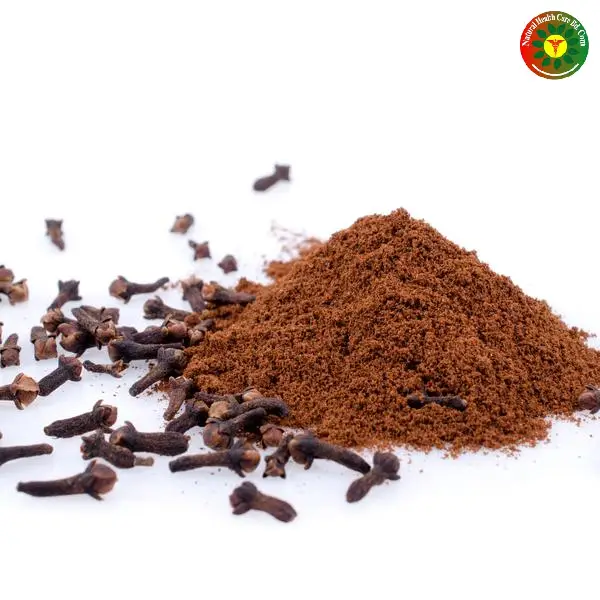
0 Comments